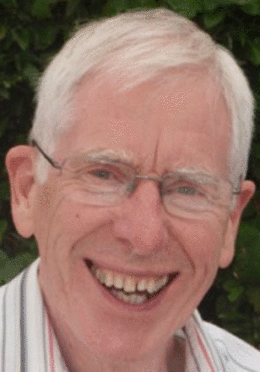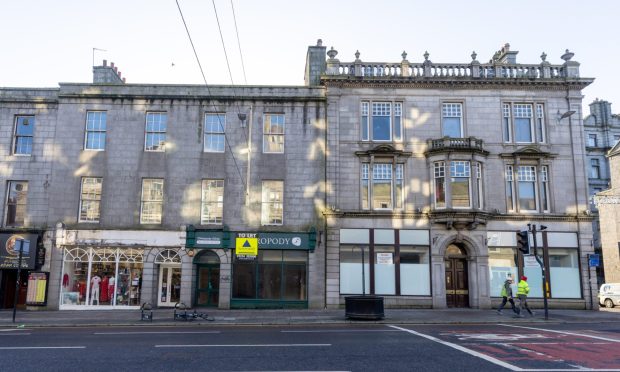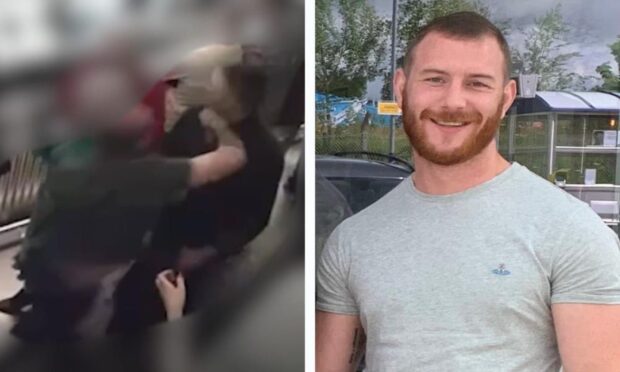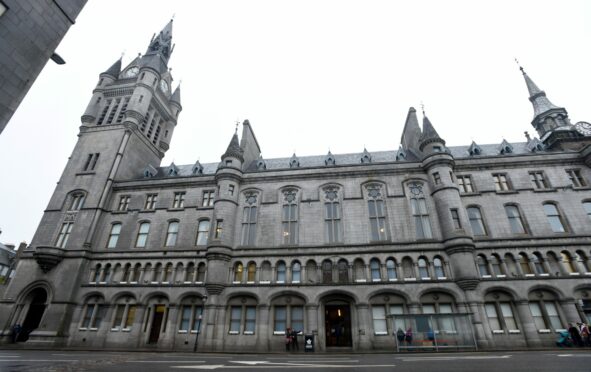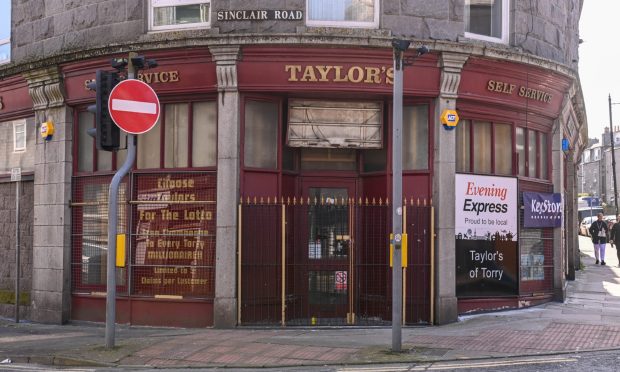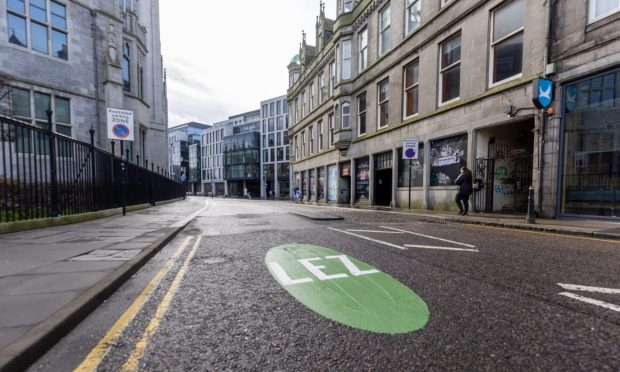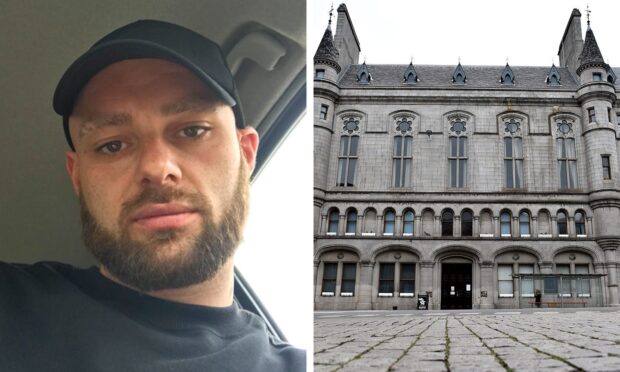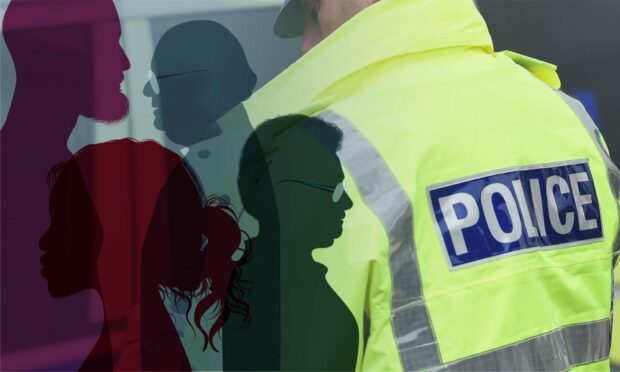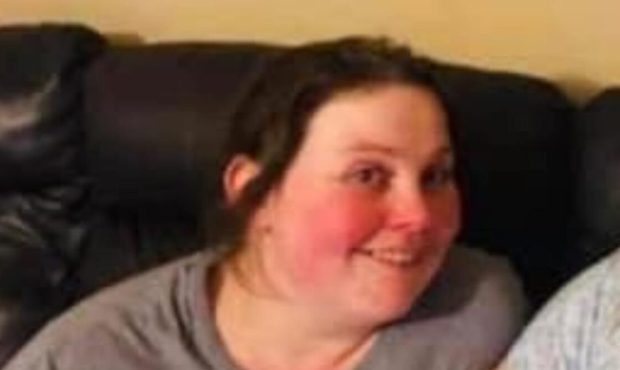A trailblazing doctor who “transformed” neurosurgery by introducing Aberdeen’s first CT scanner has died, aged 81.
Chris Blaiklock became the first person in the world to employ the new technology – which provides detailed internal body images using x-rays – for neurosurgery in the 1970s while working in the city.
He had always intended to become a doctor, after serving two years of national service with the Royal Navy upon leaving school.
After passing the Membership of the Royal College of Physicians, he decided to specialise in neurosurgery.
His decision was to prove fortuitous for the people of the north-east, to whom he became a caring professional while pioneering advancements in his field.
Dr Blaiklock initially became a registrar in neurosurgery at the Atkinson Morley Hospital in London – at a time when the pioneering computed tomography (CT) scanner in the world was installed.
There followed a successful stint in Glasgow where he was a senior registrar for three years from 1971 and helped to oversee the installation of Scotland’s inaugural CT scanner.
He was also present for the introduction of the operating microscope in the country.
But it was in the north-east where he found his true calling, when he was appointed consultant neurosurgeon at Aberdeen Royal Infirmary in 1974.
Aged 38 at the time, he settled down and lived the rest of his life in the region. And it was in that post that he brought modern neurosurgery techniques to the north of Scotland.
He brought his experience of CT imaging to the fore and was responsible for the installation of the city’s first scanner.
Despite becoming the first doctor to adapt the device for use in examining the brain, he remained modest about the breakthrough.
Dr Blaiklock was often heard to remark that he could “just as well have been an engineer” given his “fascination for how things worked”.
He was subsequently appointed as director of surgery for the Grampian region.
Colleagues described him as a “true craftsman” who had a flair with tools and unparalleled manual dexterity.
One of his friends, Ron Still, said: “Chris lacked self importance or pomposity and was genuinely interested in people, having the view that everyone deserved the best treatment.
“He was proud that the whole of his working life was devoted to the National Health Service.”
In retirement, Dr Blaiklock joined Cults Lawn Tennis Club and became a keen player and fan of the sport.
He was elected president of the club, and was also appointed to the North East of Scotland Tennis committee.
His relaxation was found in the garden and enjoyed playing croquet on his carefully cultivated lawn.
Mr Blaiklock died peacefully at his home in Cults on February 8 after battling metastatic small cell carcinoma.
He is survived by his wife, Judith, children Ian and Fiona and his grandchildren Dylan, Erin, Nell and Toby.
His widow was recently presented with a silver salver by the president of the Aberdeen Deeside Probus Club, Vijay Jandial, in recognition of her husband’s outstanding services to the organisation.
